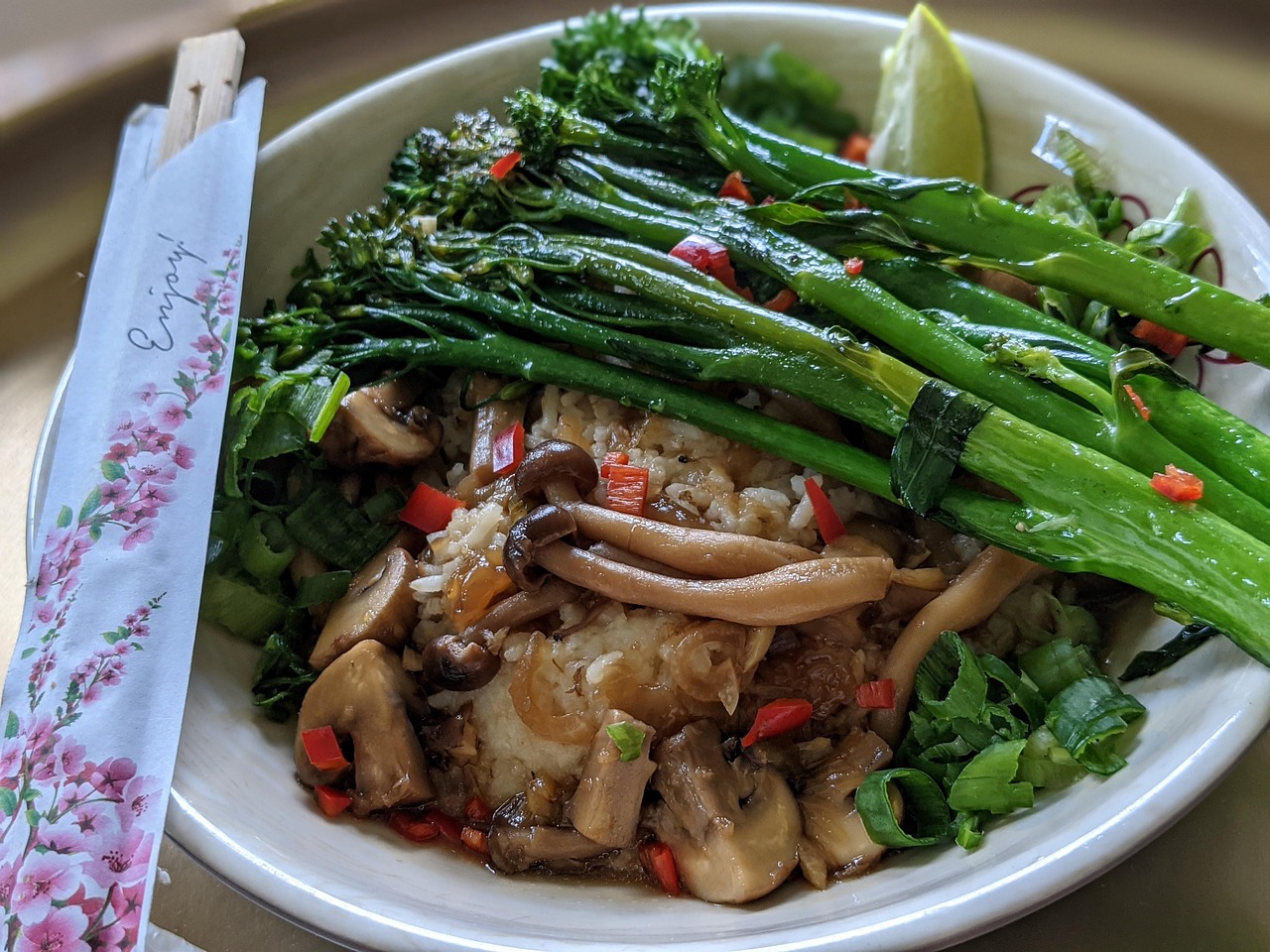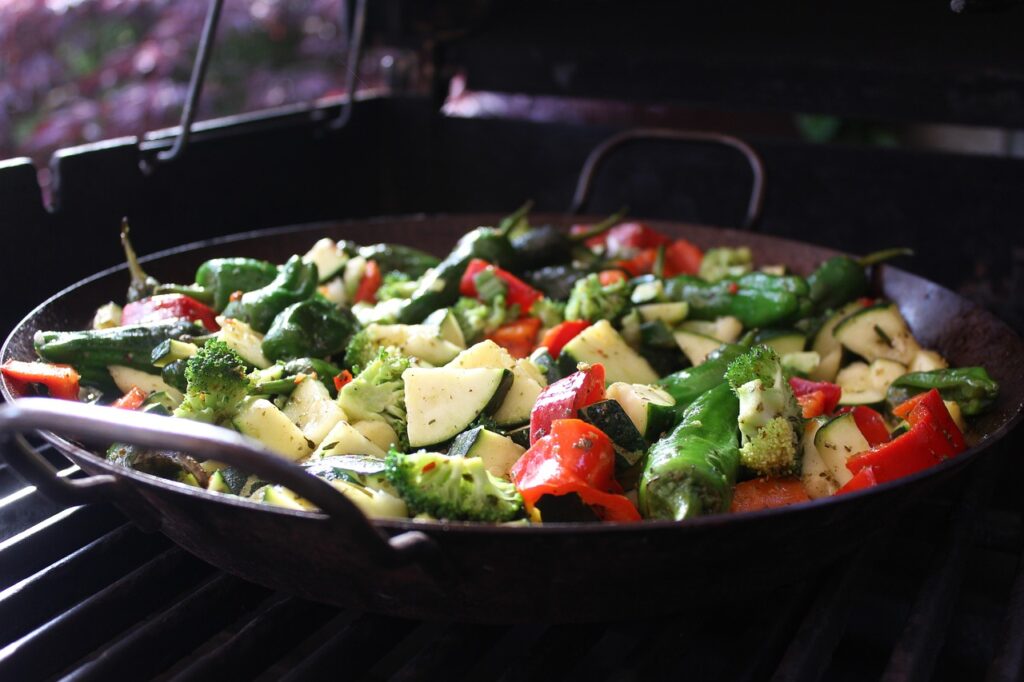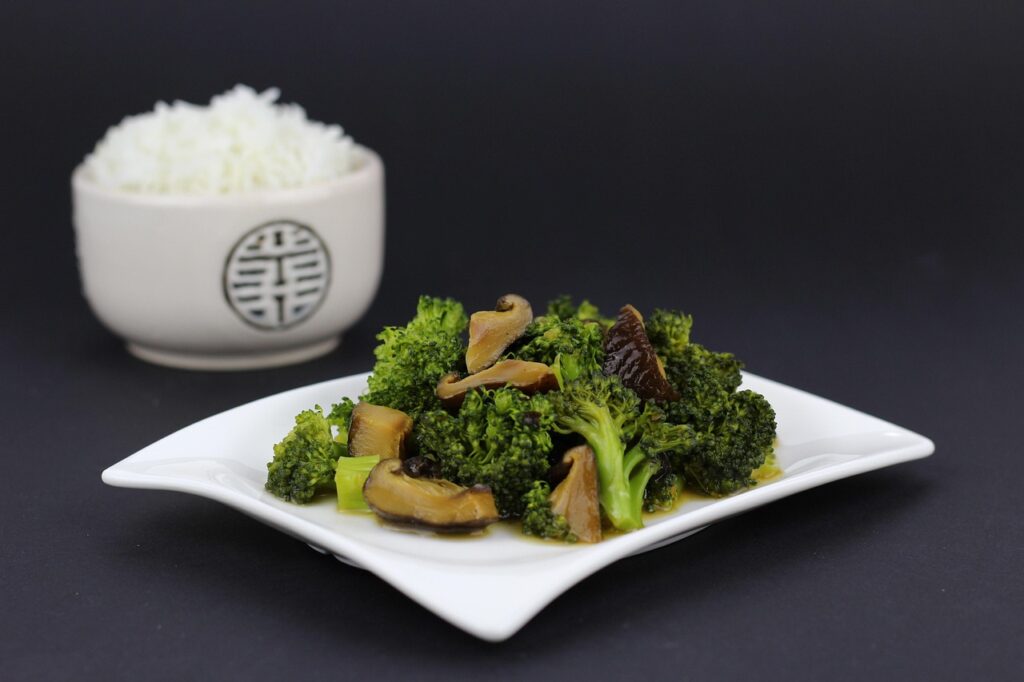- ENTERTAINMENT
What Does ‘Tralalero Tralala’ Mean? TikTok Meme, Origins & Explained


Broccoli rabe, also known as rapini, is a vibrant green vegetable that offers a unique blend of bitterness and nutty flavors, making it a favorite among culinary enthusiasts. Its versatility allows it to be prepared in various ways, from simple sautés to more elaborate dishes. However, cooking broccoli rabe can sometimes be tricky due to its distinct taste and texture. This guide delves into practical cooking tips and troubleshooting techniques to help you master the art of preparing broccoli rabe, ensuring it becomes a staple in your kitchen.

The sauté is a classic method for preparing broccoli rabe, highlighting its natural flavors while softening its texture. To achieve the perfect sauté, start by blanching the broccoli rabe in boiling water for two to three minutes. This step helps to reduce its inherent bitterness and brightens its color. After blanching, transfer the broccoli rabe to an ice bath to halt the cooking process.
Once blanched, heat a generous amount of olive oil in a large skillet over medium heat. Add garlic slices and sauté until they are golden brown, infusing the oil with rich flavor. Incorporate the broccoli rabe into the skillet, tossing it to evenly coat with the garlic-infused oil. Sauté for an additional three to five minutes, ensuring the broccoli rabe is tender yet retains a slight crunch.
Olive oil plays a crucial role in enhancing the flavor profile of broccoli rabe. Different types of olive oil can impart varying levels of richness and depth to your dish. Extra virgin olive oil, with its robust and fruity notes, is ideal for sautéing as it complements the vegetable’s bitterness beautifully. For a milder taste, opt for a light olive oil, which allows the natural flavors of the broccoli rabe to shine without overpowering them.
Broccoli rabe’s bitterness is part of its charm, but it can be off-putting if not managed properly. Blanching is an effective method to tame its bitterness, but there are other techniques to consider. Adding a pinch of salt or a squeeze of lemon juice during cooking can help balance the flavors. Additionally, incorporating sweet ingredients like caramelized onions or roasted red peppers can provide a delightful contrast to the bitterness.
For those who enjoy a bit of heat, red pepper flakes are an excellent addition to broccoli rabe dishes. Sprinkle them into the skillet while sautéing to infuse the vegetable with a subtle spiciness. The heat from the red pepper flakes pairs well with the bitterness of the broccoli rabe, creating a harmonious balance that delights the palate.
Achieving the perfect texture is key when cooking broccoli rabe. Overcooking can lead to a mushy consistency, while undercooking may result in a tough, fibrous bite. After blanching, a quick sauté of three to five minutes is typically sufficient to achieve a tender yet crisp texture. Be mindful of the cooking time to ensure your broccoli rabe is perfectly cooked every time.
Broccoli rabe is a versatile vegetable that can be transformed into a variety of side dishes. Consider tossing sautéed broccoli rabe with pasta, garlic, and Parmesan cheese for a simple yet satisfying dish. Alternatively, layer it in a frittata with eggs and feta cheese for a delightful brunch option. For a heartier side, mix it with roasted potatoes and sausage, allowing the flavors to meld together beautifully.
While sautéing is a popular method, there are numerous other ways to prepare broccoli rabe. Consider roasting it in the oven with olive oil, garlic, and lemon zest for a crispy, caramelized finish. You can also incorporate it into soups and stews, where its robust flavor adds depth and complexity. For a unique twist, try grilling broccoli rabe on a barbecue, which imparts a smoky flavor that complements its natural bitterness.
Cooking broccoli rabe can sometimes present challenges, but with a few troubleshooting tips, you can overcome common issues. If your broccoli rabe turns out too bitter, try blanching it longer or adding sweet ingredients to balance the flavors. In case of overcooking, next time, reduce the sauté time and ensure the ice bath is ready to stop the cooking process immediately. If the texture is too fibrous, check the freshness of your broccoli rabe, as older vegetables tend to be tougher.

Broccoli rabe is not only delicious but also packed with nutritional benefits. It is a rich source of vitamins A, C, and K, as well as minerals like calcium and iron. Its high fiber content aids digestion, while its antioxidants contribute to overall health. Including broccoli rabe in your diet can support immune function and promote bone health, making it a valuable addition to any meal plan.
Broccoli rabe pairs well with a variety of ingredients, allowing you to create diverse and flavorful dishes. Consider combining it with proteins like chicken, pork, or tofu for a balanced meal. Its bitterness complements the richness of creamy cheeses, such as goat cheese or ricotta, while its earthy flavors pair beautifully with nuts like almonds and pine nuts. For a complete meal, serve broccoli rabe alongside grains like quinoa or farro, which provide a hearty base for its bold flavors.
To maintain the freshness of broccoli rabe, proper storage is essential. Wrap the unwashed vegetable in a damp paper towel and place it in a perforated plastic bag in the refrigerator. This method helps retain moisture and prolongs its shelf life. For longer preservation, consider blanching and freezing broccoli rabe. After blanching, drain and dry the vegetable thoroughly before placing it in airtight freezer bags. Properly stored, it can last up to six months in the freezer.
By mastering these techniques and troubleshooting tips, you can confidently incorporate broccoli rabe into your culinary repertoire. Whether you prefer it sautéed, roasted, or incorporated into creative dishes, broccoli rabe offers a delightful blend of flavors and nutritional benefits that are sure to enhance your meals. Embrace the versatility of this vibrant green vegetable and enjoy its unique taste in various culinary creations.